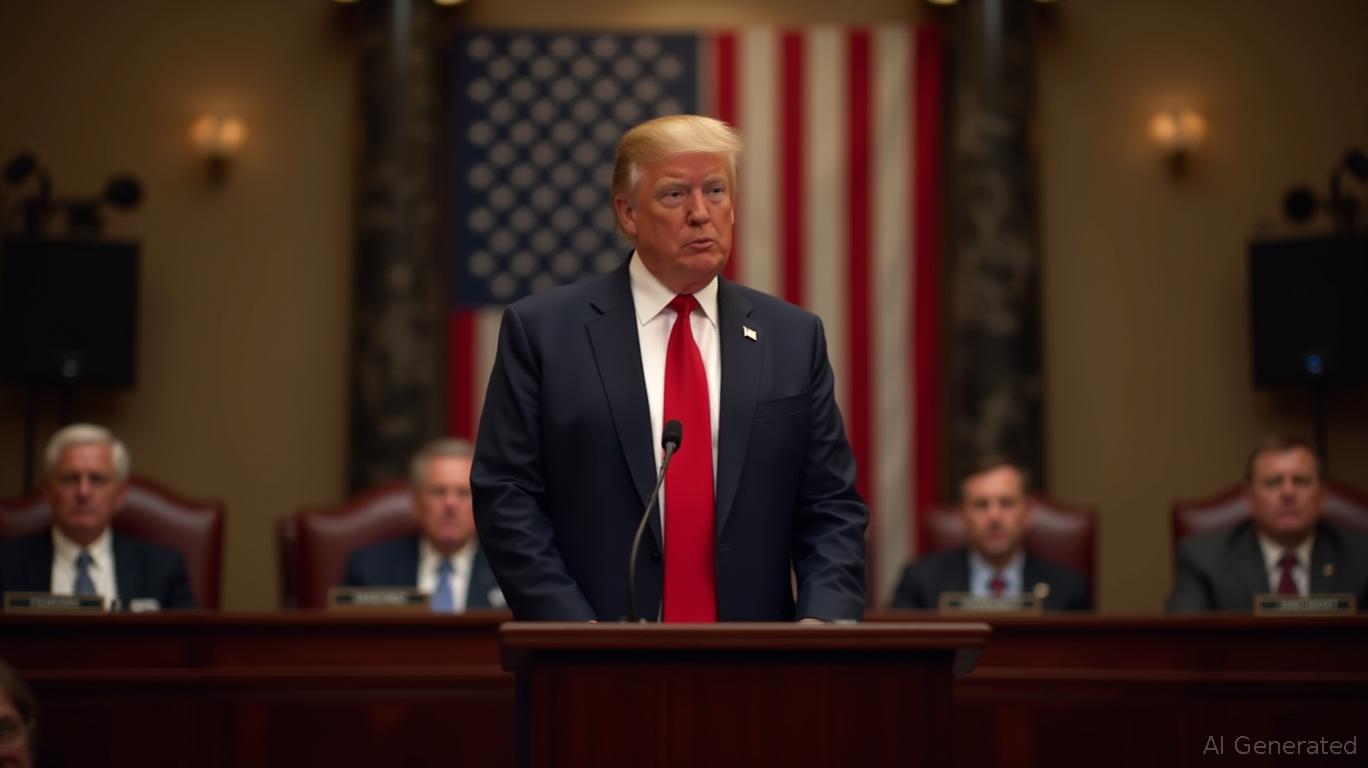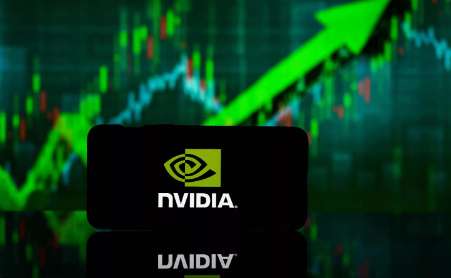CME Group to Launch XRP Futures on May 19, Boosting Institutional Access
The digital asset XRP is on the verge of a significant institutional breakthrough as key developments around regulated futures and a spot exchange-traded fund (ETF) converge this May. According to a recent post by respected market commentator SMQKE, the CME Group—the world’s largest derivatives exchange—has announced it will launch regulated XRP futures products on May 19. This move places XRP alongside other major digital assets like Bitcoin and Ethereum in terms of access to institutional-grade financial products.
The CME’s announcement outlined plans to introduce both standard and micro-sized XRP futures contracts. These offerings are tailored for capital efficiency, allowing investors to gain or hedge XRP exposure with greater flexibility and precision. The introduction of XRP futures on such a globally recognized derivatives platform marks a major step forward in XRP’s integration into mainstream financial infrastructure.
The timing of this launch is particularly notable. It comes just three days ahead of a significant deadline—May 22—when the U.S. Securities and Exchange Commission (SEC) is expected to respond to Grayscale’s application to list a spot XRP ETF. The convergence of these two events suggests a growing institutional appetite for XRP and hints at a broader shift in regulatory and market sentiment surrounding the digital asset.
Adding weight to this trajectory, the SEC acknowledged multiple spot crypto ETF applications in February, including those tied to XRP. While regulators have historically expressed hesitation toward spot products due to concerns over market manipulation and price discovery, recent approvals of leveraged XRP ETFs, such as those issued by Teucrium, could render those objections obsolete. These 2x ETFs rely on complex mechanisms, including European exchange-traded products (ETPs) and swap agreements, to deliver returns. The approval of such derivatives, which arguably involve greater complexity and exposure, undermines the rationale for continued resistance to simpler spot products.
Market analysts argue that if leveraged products can be approved based on derived exposure, it becomes increasingly difficult for the SEC to justify blocking spot ETFs that track the underlying asset directly. This evolving dynamic may put pressure on regulators to align policy with market logic, especially as institutional players like cme group legitimize XRP through futures trading.
For XRP, the launch of CME-regulated futures and the looming ETF decision are more than just isolated milestones—they represent the asset’s growing entrenchment in the traditional financial ecosystem. As infrastructure around XRP deepens and matures, institutional access and acceptance may follow suit. The coming weeks could be pivotal. Whether it’s the institutional demand revealed through futures trading or the SEC’s stance on Grayscale’s ETF application, XRP is positioning itself at the crossroads of regulatory evolution and financial mainstreaming. If both the futures launch and ETF decision go in XRP’s favor, it may mark a defining moment in the asset’s long and often controversial journey toward widespread legitimacy.










